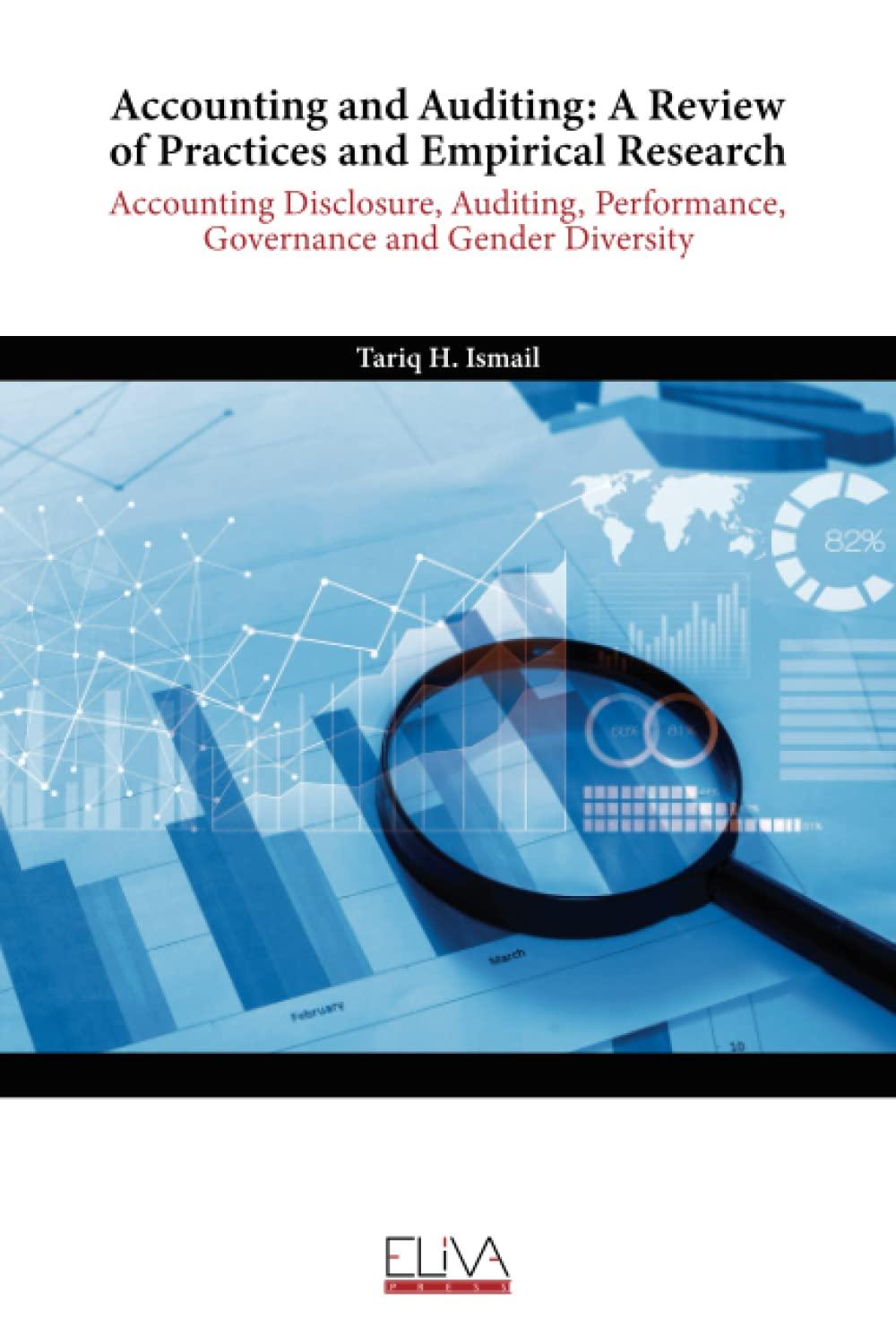Question
Chapter 1: What is accounting? Who are the users of accounting information? What does the acronym GAAP stand for? Basic accounting assumptions What are they?
Chapter 1:
What is accounting?
Who are the users of accounting information?
What does the acronym GAAP stand for?
Basic accounting assumptions
What are they? What does each assumption assume?
Basic accounting principles
What are they? Understanding the meaning of each principle
Basic accounting equation and expanded accounting equation
What are they? The definition of each element? How to use accounting equation to solve a missing amount?
Basic financial statements
What is each statement about? What should be reported in each statement?
Chapter 2:
What are transactions?
T-account
Commonly used accounts
Accounts title; type; debit and credit rule; how to balance an account? the normal balance of each type of accounts, etc.
Double-entry accounting
Debits and Credits rules
Accounting cycle
What are the key steps in an accounting cycle? Order of those steps?
You should be able to journalize transactions such as purchasing assets, borrowing money from a bank, earning revenue, paying expenses.
Chapter 3:
Cash-basis accounting and accrual-basis accounting
How accrual-basis accounting differs from cash-basis accounting?
Revenue recognition principle and expense recognition principle
To understand those principles and to apply those principles to determine when to recognize revenue and expense under accrual-basis accounting
Adjusting entries (you will get bonus points if you know adjusting entries)
Financial statements (income statement, statement of retained earnings and balance sheet). Which accounts on which statements.
Accounts need to be closed.
Meaning of ratios
Step by Step Solution
There are 3 Steps involved in it
Step: 1

Get Instant Access to Expert-Tailored Solutions
See step-by-step solutions with expert insights and AI powered tools for academic success
Step: 2

Step: 3

Ace Your Homework with AI
Get the answers you need in no time with our AI-driven, step-by-step assistance
Get Started


